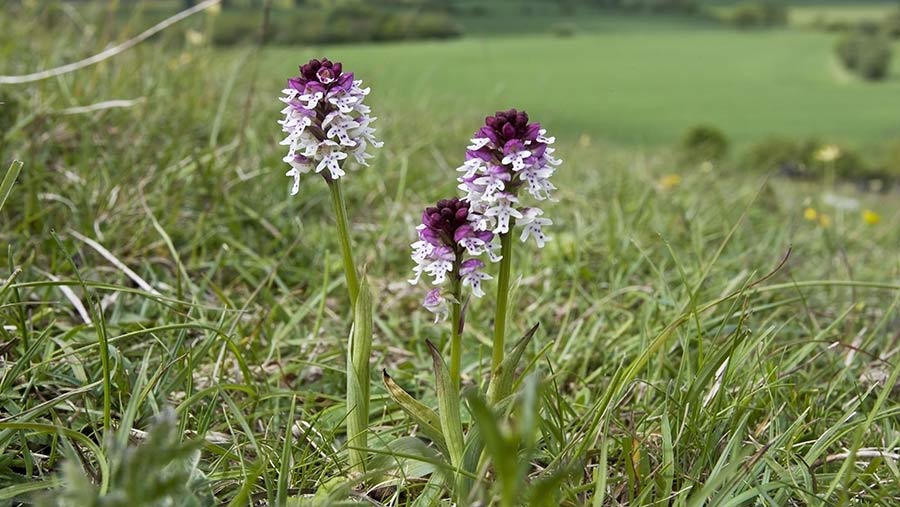How to meet environmental requirements when developing land
 © FLPA/Kevin Elsby/Shutterstock
© FLPA/Kevin Elsby/Shutterstock Farmers considering developing land need to consider the impact of the proposed project on biodiversity and whether the site itself could pose a risk to future residents.
While a proposed development on farmland may well fit in with the local authority’s housing plans, an application must still be made that satisfies statutory environmental protection standards and the landowner must provide any supporting information this exercise requires.
The precise requirements will depend on whether the land is in England, Wales, Scotland or Northern Ireland and different local authorities’ rules might also vary.
See also: What farmers considering development land need to know
Applicants must show that all environmental risks have been anticipated and that mitigation plans are in place to protect especially vulnerable features, such as watercourses, hedgerows or specific protected species of flora and fauna.
In addition, applicants must demonstrate, prior to obtaining planning consent, that the parcel they wish to put up for sale is uncontaminated and clear of any pollutants that would present risk to future residents.
What are examples of protected species of flora and fauna?
These vary hugely, depending on geographic location and the habitats present.
For example, hazel dormice are only associated with the south of England, whereas bats are found UK-wide and often in timber and stone barns, ice houses, cellars, mature trees or weatherboard cladding.
Other species of note include great crested newts, otters, water voles, badgers, white clawed crayfish, numerous invertebrates and flora, such as orchids, or protected habitats, such as sites of special scientific interest (SSSI), which can include chalk grasslands, ancient woodlands and diverse hedgerows.
What sort of pollutants might be a concern?
They can vary from heavy metals in soils, hydrocarbons that might be found close to a red diesel tank, and groundwater contamination from the use of nitrate fertilisers.
It is also important to consider the historical use of the farmland.
Land may have previously been used as a Ministry of Defence base or for landfill, and this could have caused hidden, long-term contamination.
However, the main challenge in developing farmland is usually the impact on ecology.
At what stage are surveys required?
Obtaining outline consent for change of use prior to a land sale will significantly increase the land’s value and saleability, and as part of that, local authorities will want to see a robust environmental audit.
A preliminary ecological assessment (PEA) is the initial ecology survey suitable for submission alongside most planning applications.
But providing the local council with an environmental audit that goes beyond the scope of a PEA can make for a much speedier planning process at both outline and full application stage, thereby saving time and money in the long run.
It can be worth organising an audit every few years, as it proves to planning authorities you have minimised any adverse environmental effects and limited the risk to people, property and businesses.
Can some audits only be done at certain times of the year?
Baseline surveys can be done at any time of year, with a second, more detailed survey required for specific species at key times of the year.
This is usually spring or summer for plants, summer for active bat surveys, and spring for great crested newt surveys.
What happens if certain species are on the site?
Planning consent will not be given without appropriate wildlife protection and mitigation.
But depending on the habitats and species present, plans can usually be designed to ensure there is no overall detrimental effect on biodiversity.
This may include simply protecting watercourses and trees or off-setting habitat losses elsewhere.
It is helpful for a landowner to have access to this data upfront, so the biodiversity value of the site is taken into account from the start.
If outline planning consent proposal is granted, the next step will be to apply for full, detailed planning permission.
At this stage, environmental, archaeological and historical features and watercourses present, plus any protected designations statuses, such as SSSI, will be re-examined in greater detail.
Kay Hinchsliffe is principal ecologist with Adler and Allan.
